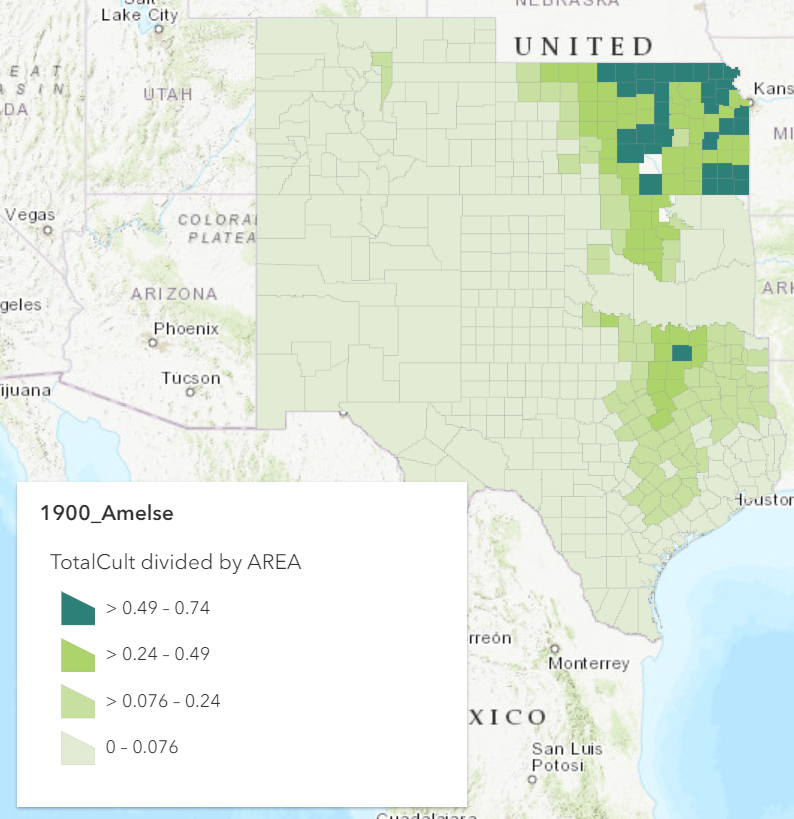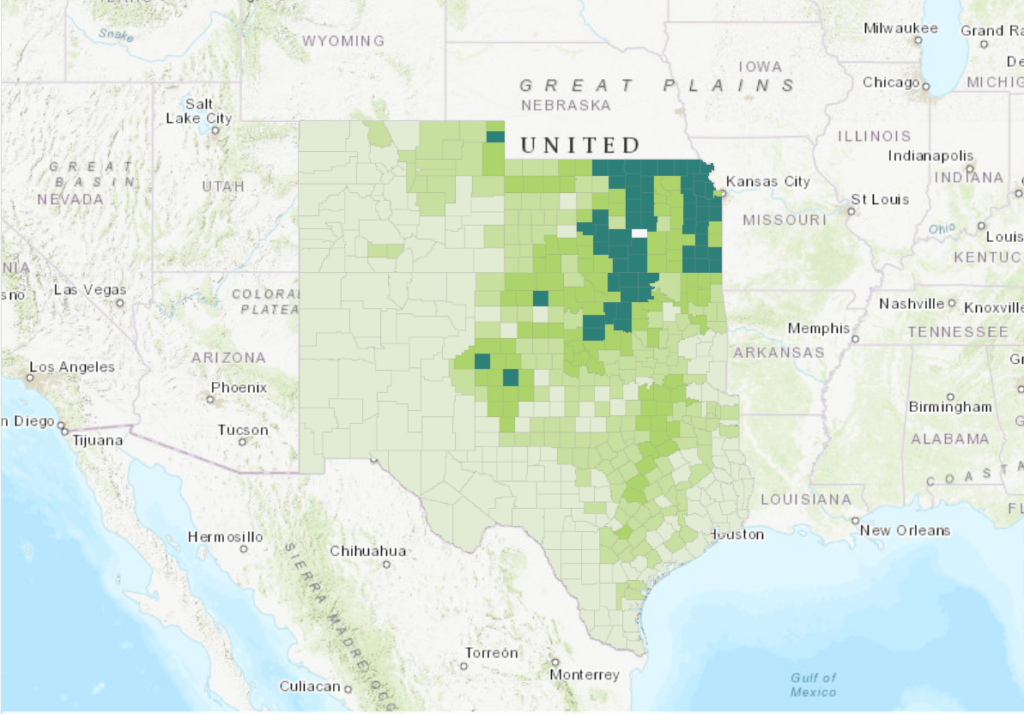- Board of State Capitol Commissioners. First Biennial Report. St. Paul, Minnesota: The Pioneer Press Company, 1895. https://www.lrl.mn.gov/docs/2009/other/090717.pdf
The Biennial Reports were created to inform the Governor ( and general public) about the progress of the development of the building. Included in them are costs, general issues that had been faced over the past year or so, who they decided to extend contracts to, etc. Also included in them are summaries written by the building architect, Cass Gilbert.
See above.
See above.
- Board of State Capitol Commissioners. Butler Bros. Interior Woodwork. Minnesota Historical Society. March 1902-Novemeber 1905.
This is a contract between Butler Brothers and the State Commission on the goods and services expected, as well as the costs.
- Butler Bros., Dome Construction Contract. Minnesota Historical Society. 1900-1902.
This is the contract between Butler Brothers and the State Capitol Commissioners for the dome. They had also won the bid for the dome over many other suppliers. The dome is self-supporting marble dome and was a feat to construct. This contract includes expected services and goods as well as the cost for this specific job.
- Butler Bros., Interior Stone and Marble Contract. Minnesota Historical Society. October 1902 – February 1905.
This is the contract between Butler Brothers and the State Capitol Commission on the price of the stone and the services that are expected
- Contract with Cass Gilbert. Minnesota. Board of State Capitol Commissioners. Records. Minnesota Historical Society. 1896, 1898, 1901.
This is the contract between Cass Gilbert, the head architect and the State Capitol Commissioners. Cass Gilbert had won the bid for the position, above several other renowned architects.
- Gilbert, Cass. “Specifications for the New Minnesota State Capitol Building, St Paul Minnesota.” Minnesota Historical Society, Capitol Site. 1897-1903.
These are summaries or details taken down by head architect Cass Gilbert. He had much artistic freedom and made changes on several occasions, these are notes on some details of the deals done for the building.
- Minnesota Legislation Committee on Public Accounts and Expenditures. Report of the Investigation of the Capitol Commission by the Committee on Public Accounts and Expenditures. St. Paul, Minnesota: Mcgill-Warner Co., 1903.
An investigation on how taxpayers money was used in the expenses within the building of the Capitol. They conduct an examination of how prices were came to in the buying of goods, services, and the land that it was built on
Plastering: Contracts and Other Materials. Board of State Capitol Commissioners. Records. Minnesota Historical Society. 1902-1905
These are contacts with several suppliers and companies that were plastering throughout the building, including the statues.
Secondary
- Blodgett, Geoffrey. “Cass Gilbert, Architect: Conservative at Bay.” The Journal of American History 72, no. 3 (1985): 615–36. https://www.jstor.org/stable/pdf/1904306.pdf?refreqid=fastly-default%3Aaaa0d166a310121435a12b3724828bc9&ab_segments=&origin=&initiator=&acceptTC=1 .
This is a journal article about Cass Gilbert and who he was a as a person, it can help add context to the decisions he made when over seeing the construction and planning processes.
- Board of State Capitol Commissioners. “Photograph Album.” Minnesota Historical Society. May 1896-November 1905.
This is a photo album of pictures taken for the documentation of the building process. It includes photographs of workers, architects, before, after, and progress images of the construction. It also includes photos from quarries where stone was sourced from.
This is essentially a digital tour of the state capitol as it looked 10 years ago before the 2017 restoration. It was put out by the city of St. Paul.
- Gauthiere, Julie. The Minnesota Capitol: Official Guide and History. St. Paul, Minnesota: Pioneer Press, 1907. This was contemporary book created to explain the newly constructed building. It has many photographs, and the authors own commentary on the techniques used on every level from management of the workers to the aesthetics of the final project.
- Labor Education Service, University of Minnesota. “Who Built Our Capitol?” Accessed 3/24/2024. https://www.whobuiltourcapitol.org/offsite-industries (
This was a website with information such as the workers who helped built the capitol building, the sourcing of materials, construction techniques used etc. It is a bottom-up approach telling of the creation of the building.
This is an extremely detailed informational with photographs of where the different stone is used in the capitol today, it also includes many explamations and who the contactors were.
Website page written on the general history of the building with an emphasis on Cass Gilberts decisions and later on, why a restoration was necessary.
- O’Sullivan, Thomas. North Star Statehouse: An Armchair Guide to the Minnesota State Capitol. St. Paul, Minnesota: Pogo Press, 1995.
This is a broad overview of the history of the building, it includes some information on the sourcing of materials, but mostly focuses on politicians of the turn of the 20th century and the legacy of the building.
- Thompson, Neil. Minnesota’s State Capitol: The Art and Politics of a Public Building. St. Paul, Minnesota: Minneosta Historical Society Press, 2005.
This is a book that sets much of the social and politics of why the building looks the way that it does. It includes some dealings with artists and contractors, but mostly focus’ on the social context of the art and architecture of the building.
- Whitenack, Paul, L. Brad Shotwell, and Michael J. Scheffler. “Georgia Marble Repair at the Minnesota State Capitol.” APT Bulletin: The Journal of Preservation Technology 46, no. 4 (2015): 10–17. http://www.jstor.org/stable/43659959.
This is actually about the restoration of the Georgia marble, but it focus’ on the sourcing of the where the original marble came form because the restoration commission wanted to source as close as possible to the original material.









